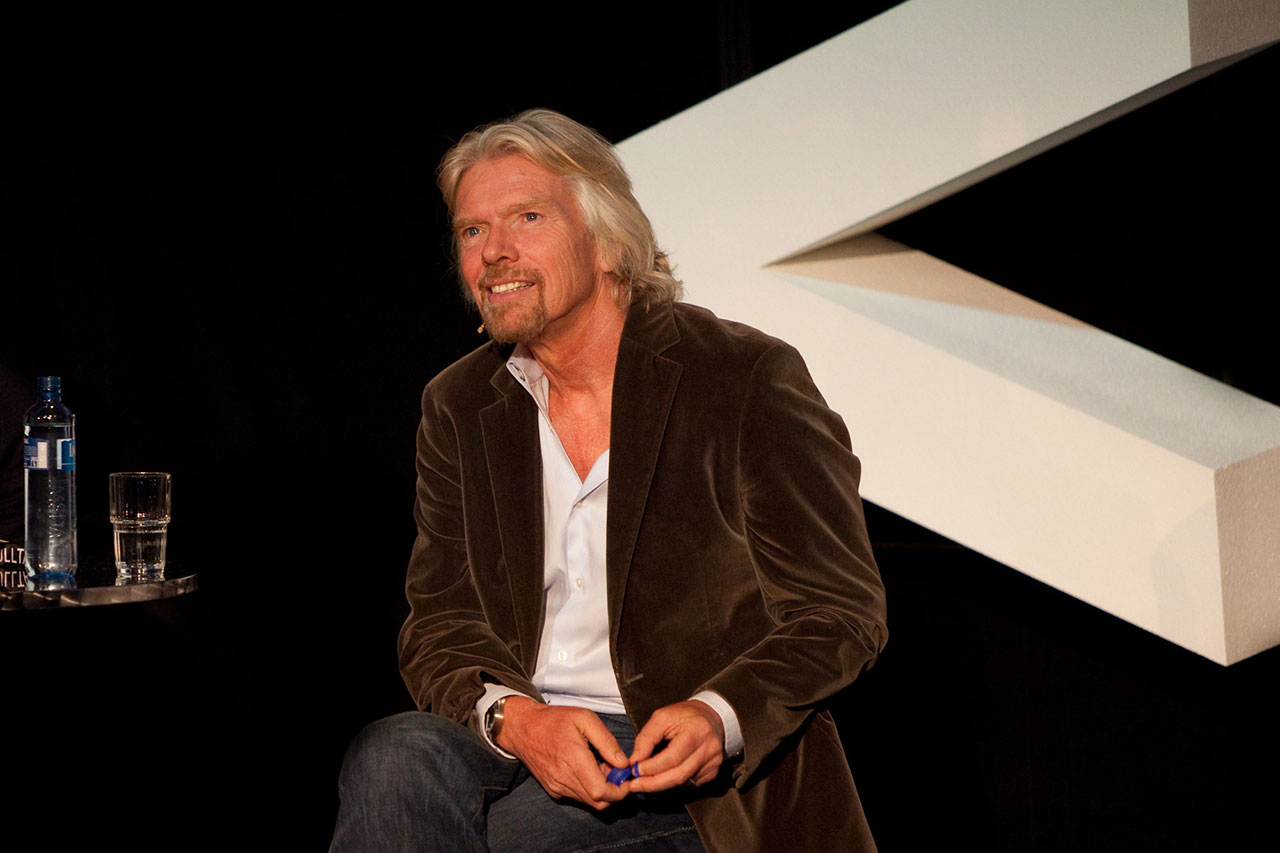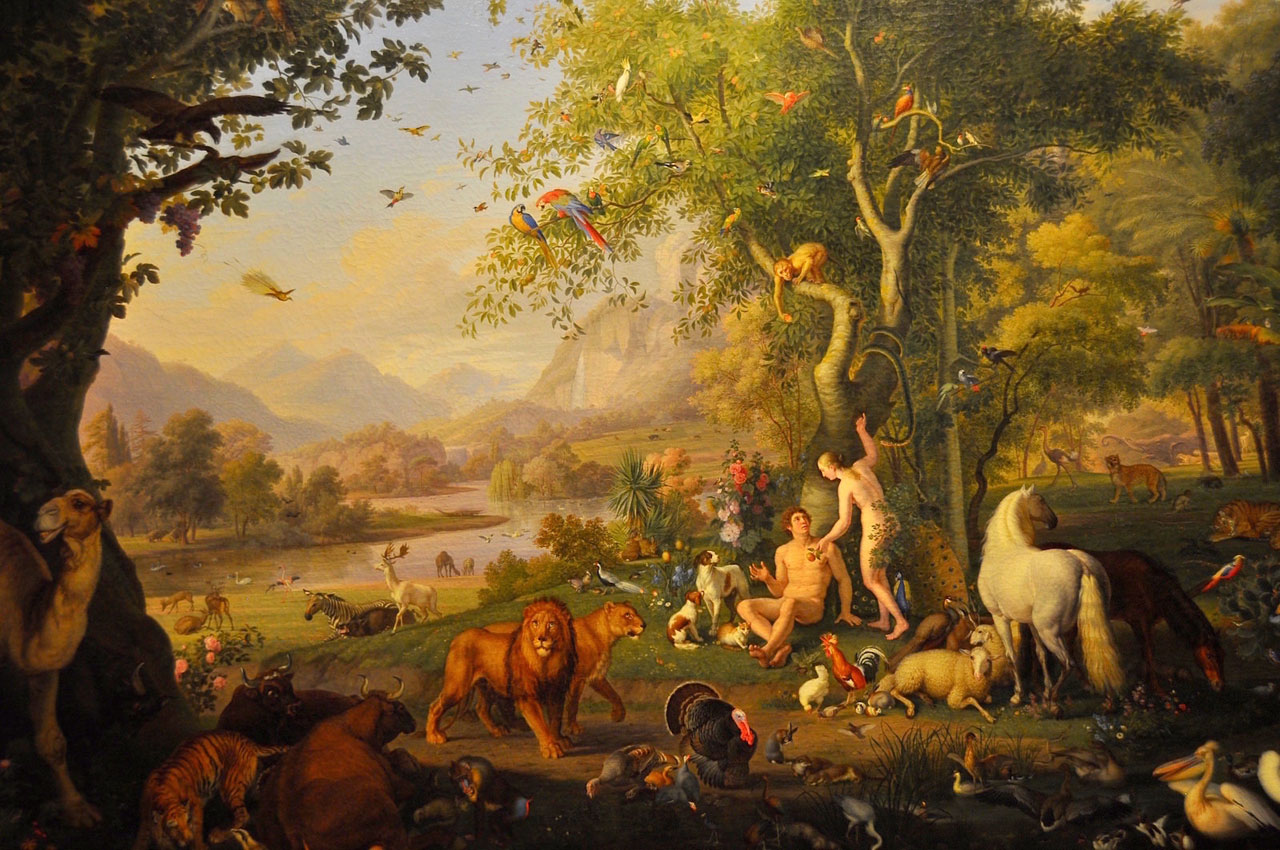“Stories are how we think. They are how we make meaning of life. Stories are how we explain how things work, how we make decision, how we justify our decisions, how we persuade others, how we understand our place in the world, create our identities, and define and teach social values.”
– Dr. Pamela Rutledge, Director of the Media Psychology Research Centre
Stories can change how we relate to each other, they can alter prejudices and they help persuade us to empathize with different points of views.
Whether you’re reading a book or listening to someone tell a story, you can literally lose yourself in the story.
Psychologists call this process assimilation, where readers take on the qualities of a fictional character or group.
There’s two key things that stories do to us mentally:
1. Transportation: We can lose ourselves temporarily in the story world.
2. Identification: We can take on the perspective and identity of a story character.
Through this process of assimilation, we can literally immerse ourselves in a story narrative about a character and almost feel as if the things are actually happening to us.
The Evolutionary Neuroscience of Storytelling:
Neuroscience and evolutionary biology research suggests that both transportation and identification are related to our ability to empathize with others.
Neuroscientists at the University of Cambridge are looking at specific parts of the human brain that are activated when we read a story.
A leading theory as to why storytelling is so powerful has to do with what’s called mirror neurons.
Mirror neurons are thought to be triggered inside our brains when we watch the actions of others. Many scientists believe that mirror neurons may help create the experience of empathy.
The proponents of the mirror neuron theory argue that immersing yourself in a story narrative activates your mirror neuron system.
In the mind’s eye of our imagination, we end up mirroring the emotions of the characters we empathize with. For example, when they are sad, we feel sad. When they are happy, we feel happy.
This transports us to what author Jonathan Gottschall in his book The Storytelling Animal calls “Neverland”, a magical place of imagination and mystery, which is often a lot more interesting to us than the monotony of daily life and work.
It has also been discovered that when we connect with fictional characters in a story, it can form a sort of social surrogate for us. What’s interesting about this experience is that it can make us feel less lonely. Research has shown that regularly reading stories can also improve our self-esteem and boost our mood.
So, in the future, if you’re feeling lonely, don’t check Facebook or Instagram and open a good book instead.
And, perhaps most importantly, if you want to change someone’s perspective about a meaningful or controversial topic, using the empathetic power of story might be more effective to help them understand your point of view and motivate them to change.
Here are some more interesting details about the scientific theory of mirror neurons:
Culture, Empathy and Storytelling:
If want to dive deeper into the neuroscience research surrounding mirror neurons, empathy and storytelling; read Indian neuroscientist V.S. Ramachandran’s excellent book The Tell-Tale Brain: A Neuroscientist’s Quest for What Makes Us Human.
Here’s a great quote from the book:
“It is difficult to overstate the importance of understanding mirror neurons and their function. They may well be central to social learning, imitation, and the cultural transmission of skills and attitudes—perhaps even of the pressed-together sound clusters we call words. By hyper-developing the mirror-neuron system, evolution in effect turned culture into the new genome. Armed with culture, humans could adapt to hostile new environments and figure out how to exploit formerly inaccessible or poisonous food sources in just one or two generations—instead of the hundreds or thousands of generations such adaptations would have taken to accomplish through genetic evolution.
Thus culture became a significant new source of evolutionary pressure, which helped select brains that had even better mirror-neuron systems and the imitative learning associated with them. The result was one of the many self-amplifying snowball effects that culminated in Homo sapiens, the ape that looked into its own mind and saw the whole cosmos reflected inside.”
I also highly recommend watching this video on Empathy, Neurochemistry, and the Dramatic Arc, which is about the fascinating work of American neuroscientist Dr. Paul Zak.




